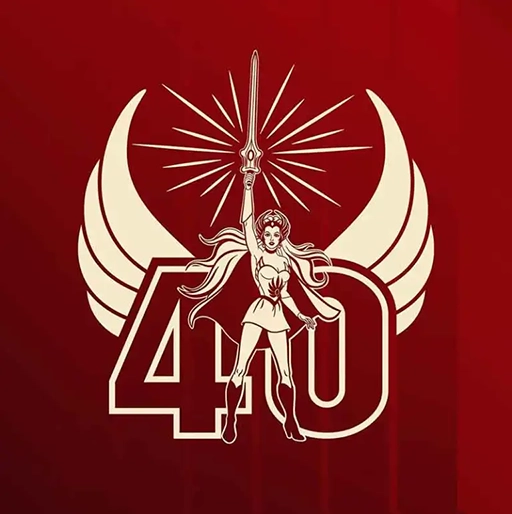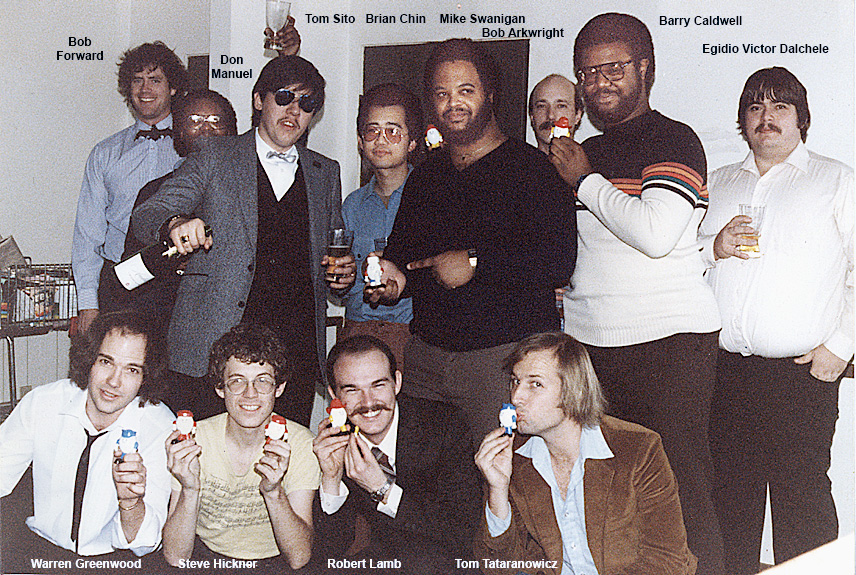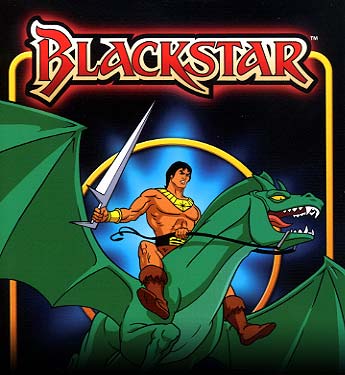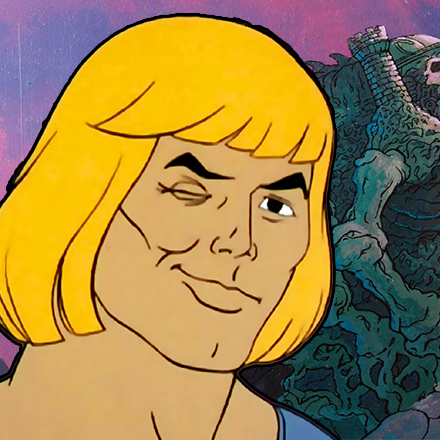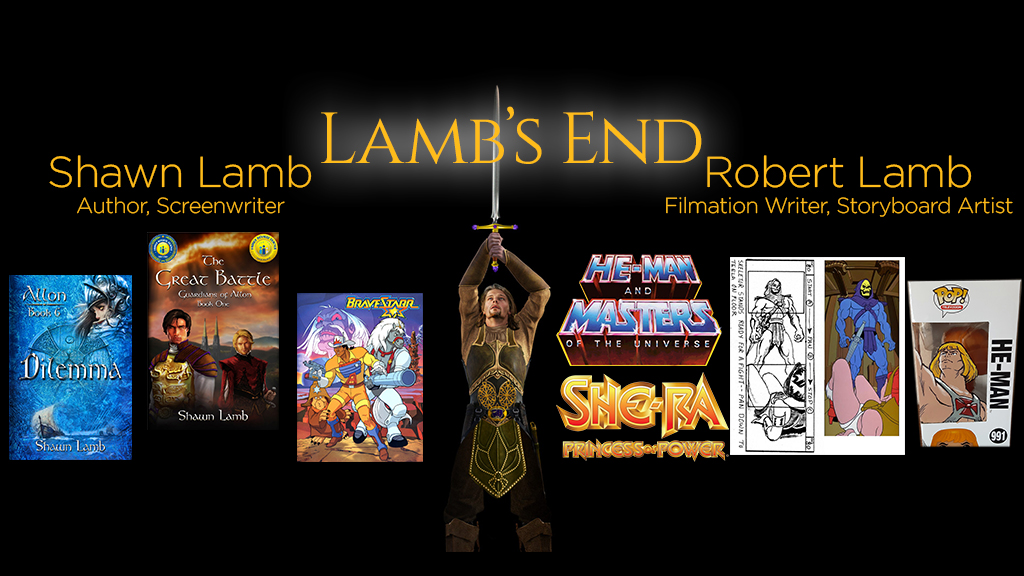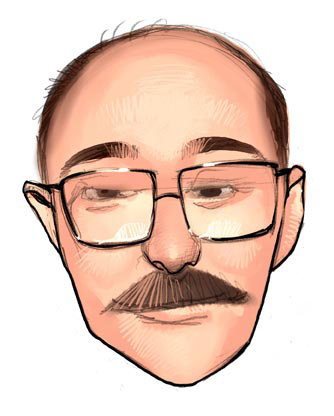She-Ra 40th Anniversary Tour
1985 – 2025
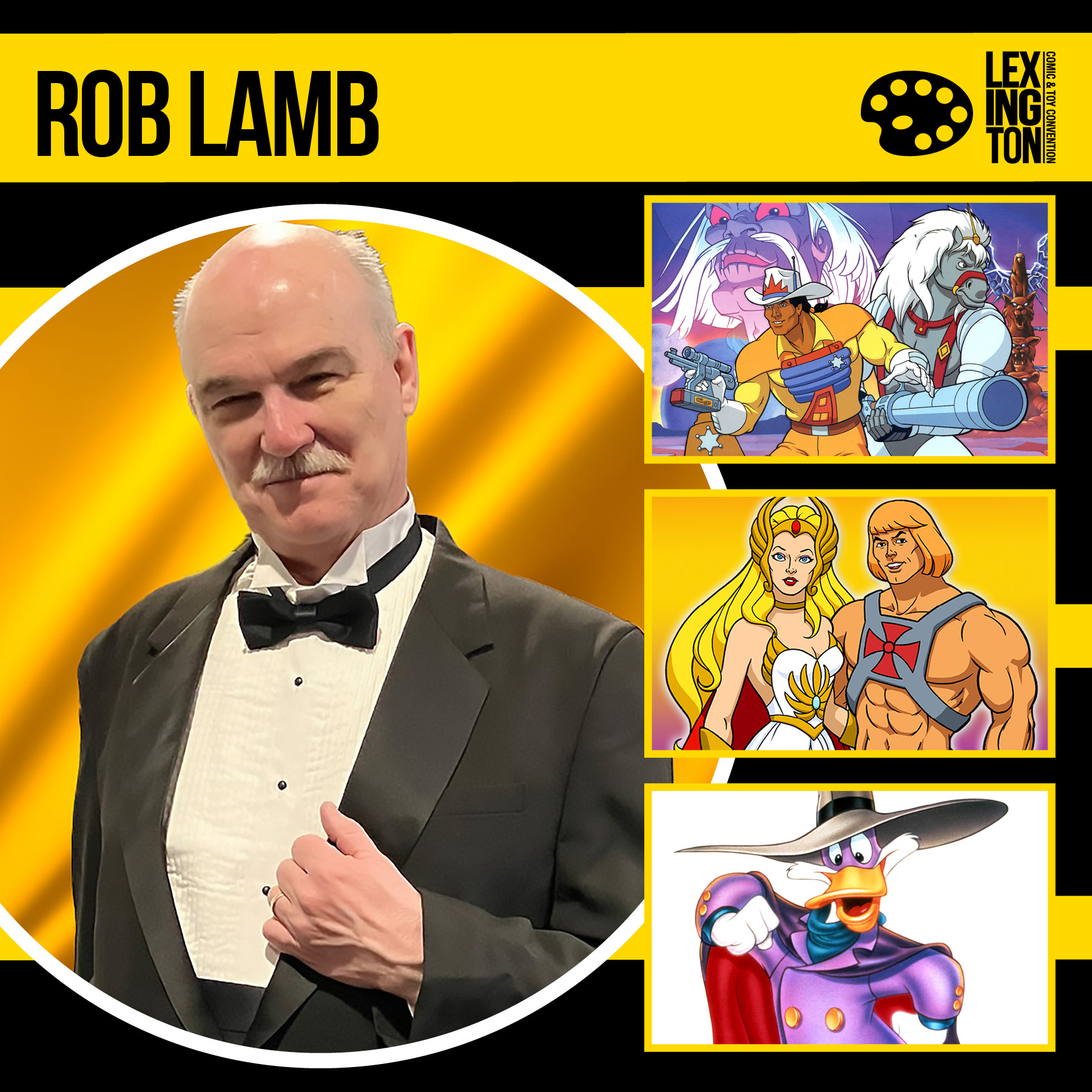
Lexington Comic & Toy Con, Lexington, KY
March 6-9
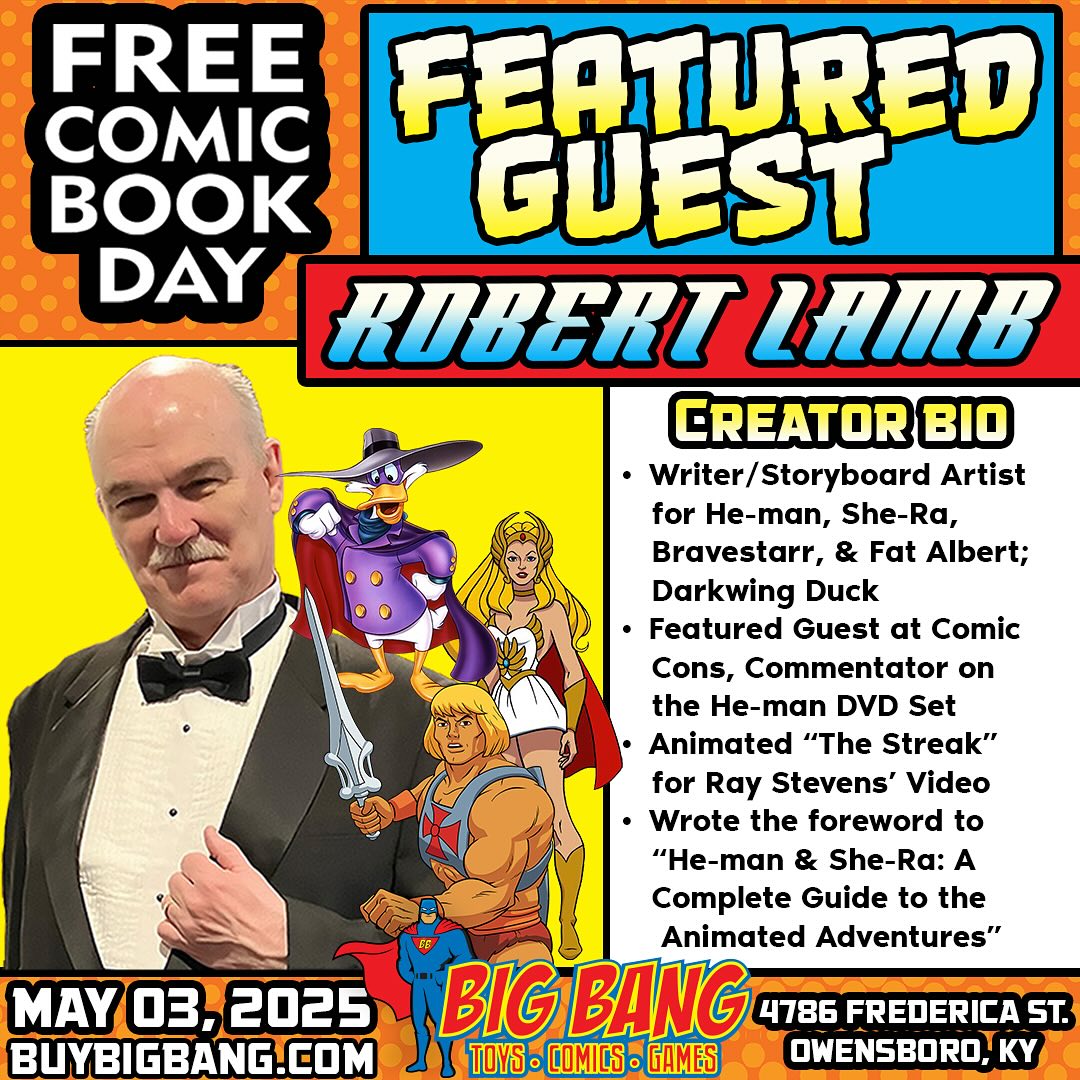
Big Bang Toys & Comics, Owensboro, KY
May 3
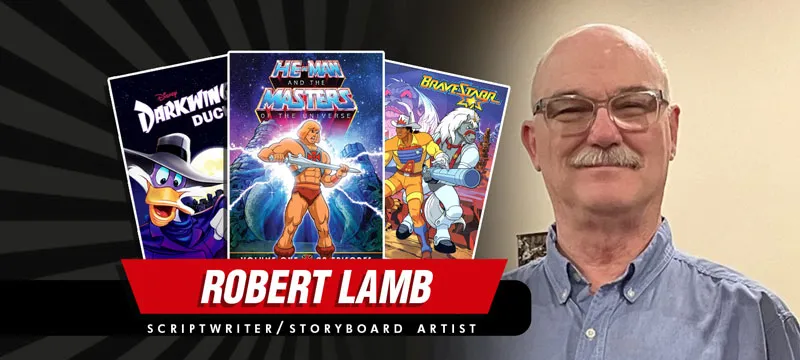
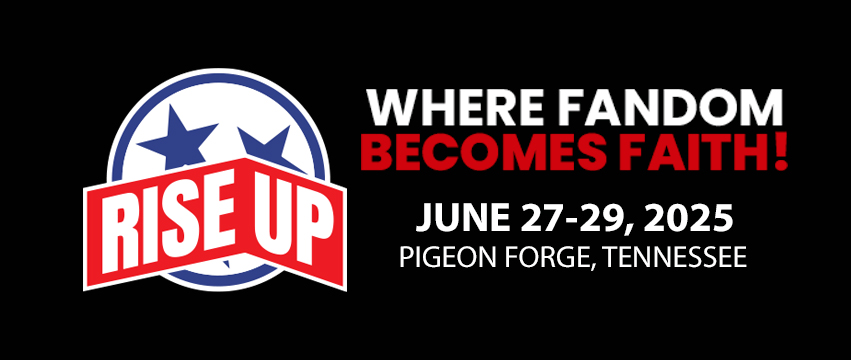
Rise Up Con, Pigeon Forge, TN
June 27 – June 29
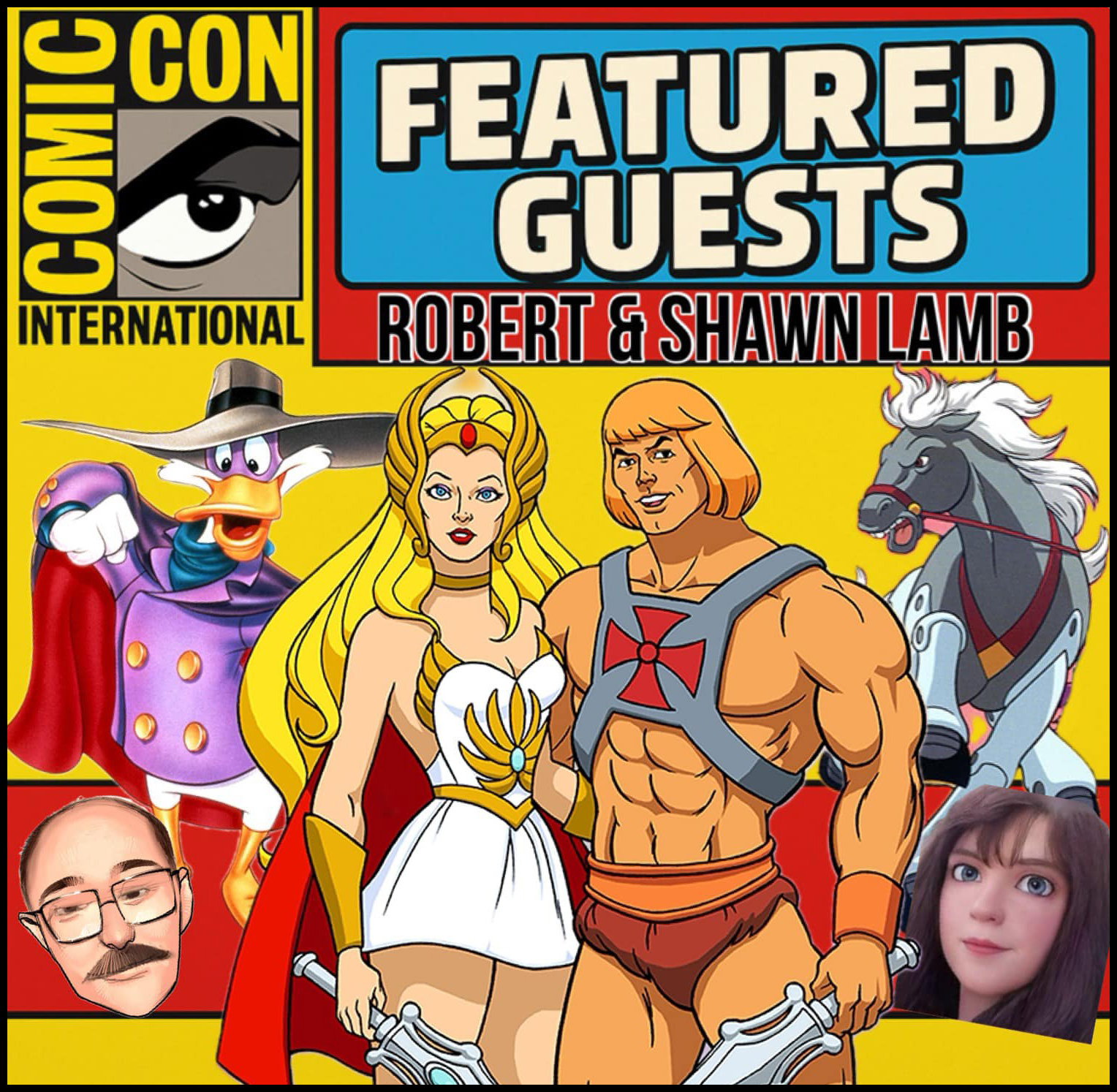
San Diego Comic Con
July 24-27
Brickonomicon, Knoxville, TN
October 3-5
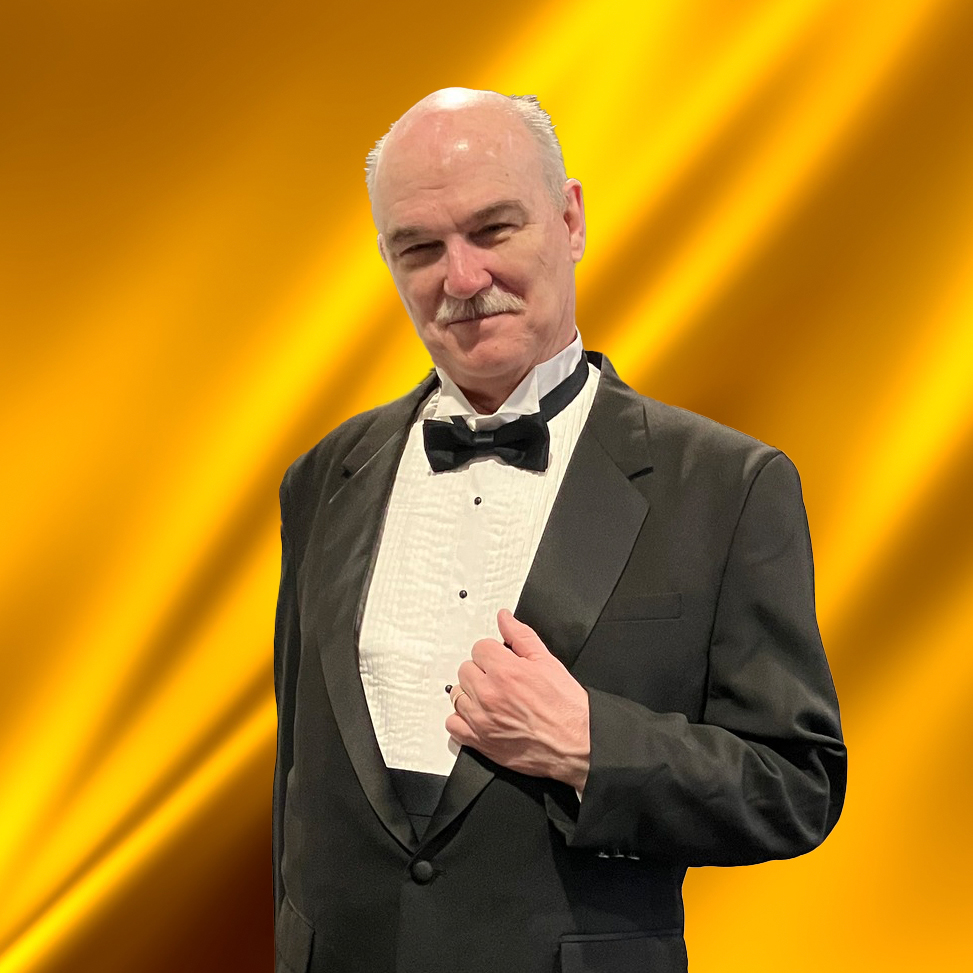
Robert W. Lamb
Screenwriter, storyboard artist, concept artist, animator, graphic designer, instructional media designer
Memories, Musings and Mayhem of a Creative Career
What About Rob?
I am a storyteller.
I work in various media crafting compelling experiences to communicate ideas, visions, dreams and plans.
I have written screenplays for animated television series, visualized other writers’ scripts as storyboards to direct animation production, conceptualized toy ideas on paper in brainstorming sessions in real time, and animated Ray Stevens in his music video “The Streak” (some things should not be seen in live action).
Recently, I have crafted e-learning experiences communicating clients’ objectives anchored in dramatized narratives to achieve optimum engagement and retention.
Since retiring, I have more opportunities for comic cons and other appearances. I am also illustrating another children’s book written by my prolific author wife, Shawn Lamb.
Here you will find my recollections of my career at Filmation Studios in the 1980s.
This is an ongoing rebuild of my original website, retaining most of the material, as well as new additions.

